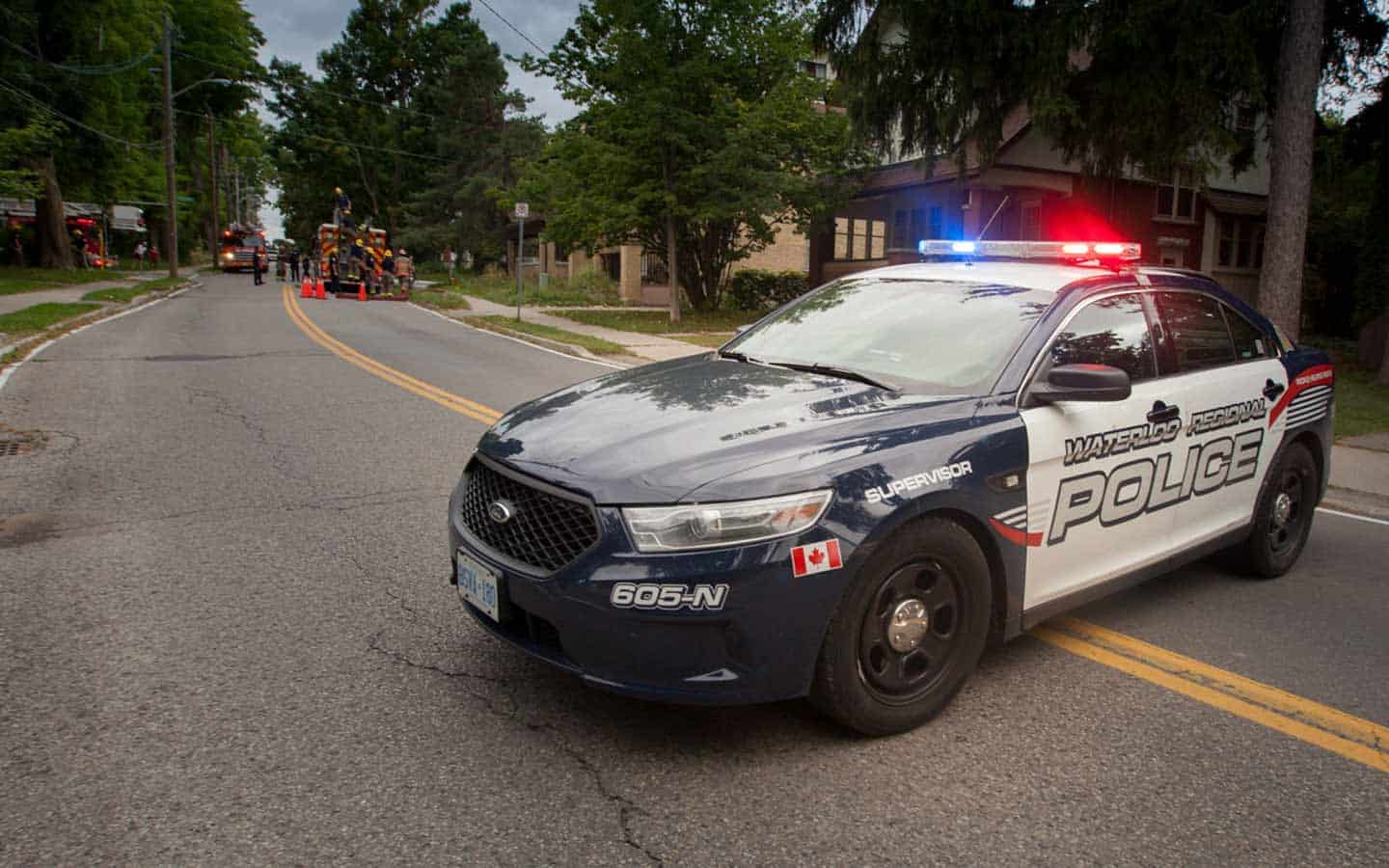Perhaps not content with complaining to the township, someone decided removing them would be a quicker way to deal with the traffic-calming bollards on Oriole Parkway in Elmira.
The recently installed traffic features greatly restricted lane width and parking space, which were the desired goal, director of infrastructure services Jared Puppe said at a council meeting June 16.
“I think it is appropriate,” he said of the installation. “They absolutely slow traffic down.”
But Coun. Patrick Merlihan wasn’t convinced, noting the extent of the traffic-calming measures was unexpected, particularly the bollards along the side of the road.
While the side bollards do restrict parking, Puppe said prohibiting parking there might be the norm.
The theft of some of the bollards could be taken as a critique of the plan, however. The theft required the township to file a police report, he noted.
Similar center-line bollards were also installed on St. Charles Street in Maryhill, though the strips along the side of the road were omitted due to public concerns they’d restrict larger farm equipment, for instance.
Merlihan wasn’t the only skeptical councillor, with Coun. Murray Martin calling for speed bumps instead.
“At the end of the day, that’s the only thing that works.”
Speed bumps haven’t been part of the township’s traffic-calming measures, first adopted in 2015.
Traffic issues, particularly speeding, are a frequent source of public complaints received by Woolwich officials. Often more perception than reality, the topic is nonetheless in turn a familiar refrain. The policy does appear to react slowly following public complaints about safety on a given road. Starting with an examination of the street to see if it warrants a study, the township then moves to traffic monitoring: speed information, traffic counts and accident data collection. If a problem is eventually identified, there’s then a two-stage response available.
Stage one involves lane narrowing, painted lines, “slow down” signs, the use of the township’s radar speed trailer, and targeted police enforcement. Stage two would see the use of speed humps, raised crosswalks or extended curbs to narrow the roadway.









